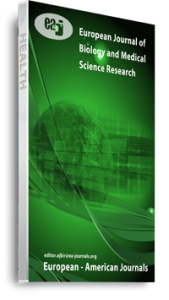Purpose – The purpose of this study was to compare the bioactivity of three Embelia species in terms of anti-oxidant powers. Emphasis was placed on the high level of anti-oxidant powers towards establishment of cancer therapy. The one with higher anti-oxidant powers was selected for further research. Comparative analysis of endophytes abundance was also done on the assumption that they may be endowing the plants with such anti-oxidant powers. Design/methodology/approach – In this study, laboratory experiments were carried out to determine the phenolic content of the three selected plant species and their comparative antioxidant activities in relation to phenol content through Folin-ciocalteu, DPPH, and ABTS assays. The plant extracts were obtained by sonication and soxhlet method. Thin layer chromatography and HPLC was carried out to help estimate the number of compounds present in the plant species with most activity. Isolation of endophytes from the species on assumption that their presence might be crucial in bestowing the therapeutic value in these plants was also carried out. Findings –The study established that on average, the plant species with higher levels of phenol content had higher activity. E.basal was with high levels of phenol content of 220μg/ml GAE in the sonication extract and 113μg/ml GAE in methanol fraction of soxhlet extraction. At 1mg/ml concentration, DPPH and ABTS assays showed E.basal having highest activity in methanol extract of 61 and 51% respectfully. TLC results showed better separation of bands at hexane: Ethyl acetate ratio of 7:3 respectfully giving eight bands for hexane extract while ethyl acetate fraction gave better band separation at ethyl acetate : hexane : methanol ratio of 3:6:1 respectfully, giving six bands. HPLC gave related results. Different endophyte types were isolated and the most common found was Aspergillus terreus, A.versicolor and Fusarium solani. Research limitations/implications– The results obtained confirm the therapeutic potency of Embelia. The results suggest that the plant extract possesses certain constituents with antioxidant properties that can be used for the diseases such as cancer. It is assumed that the antioxidant activity shown in this in vitro study by the compounds can have similar antioxidant roles in vivo. This forms a basis for selection of the plant for further investigation in focus towards cancer therapy, the primary long term objective of the researcher.
Keywords: Antioxidants, Radical, Therapeutic Potency, endophytes

